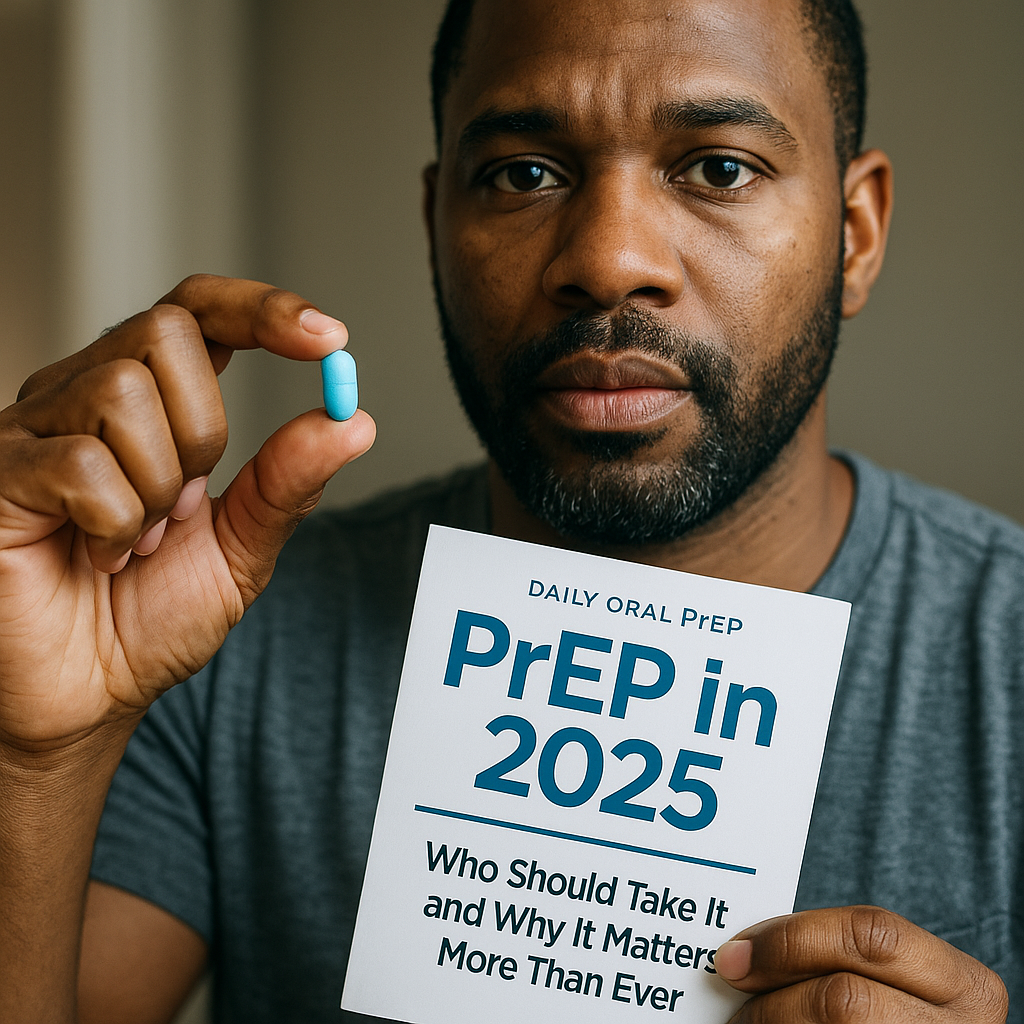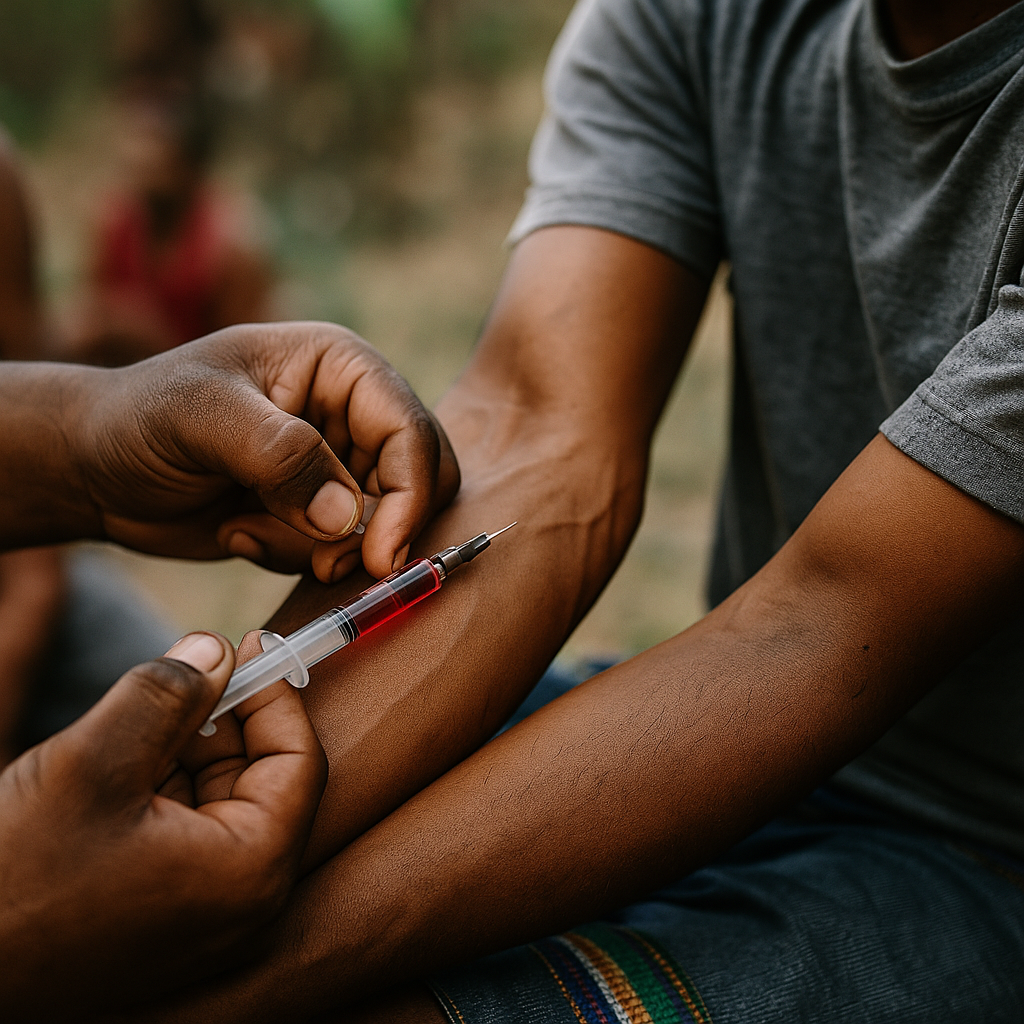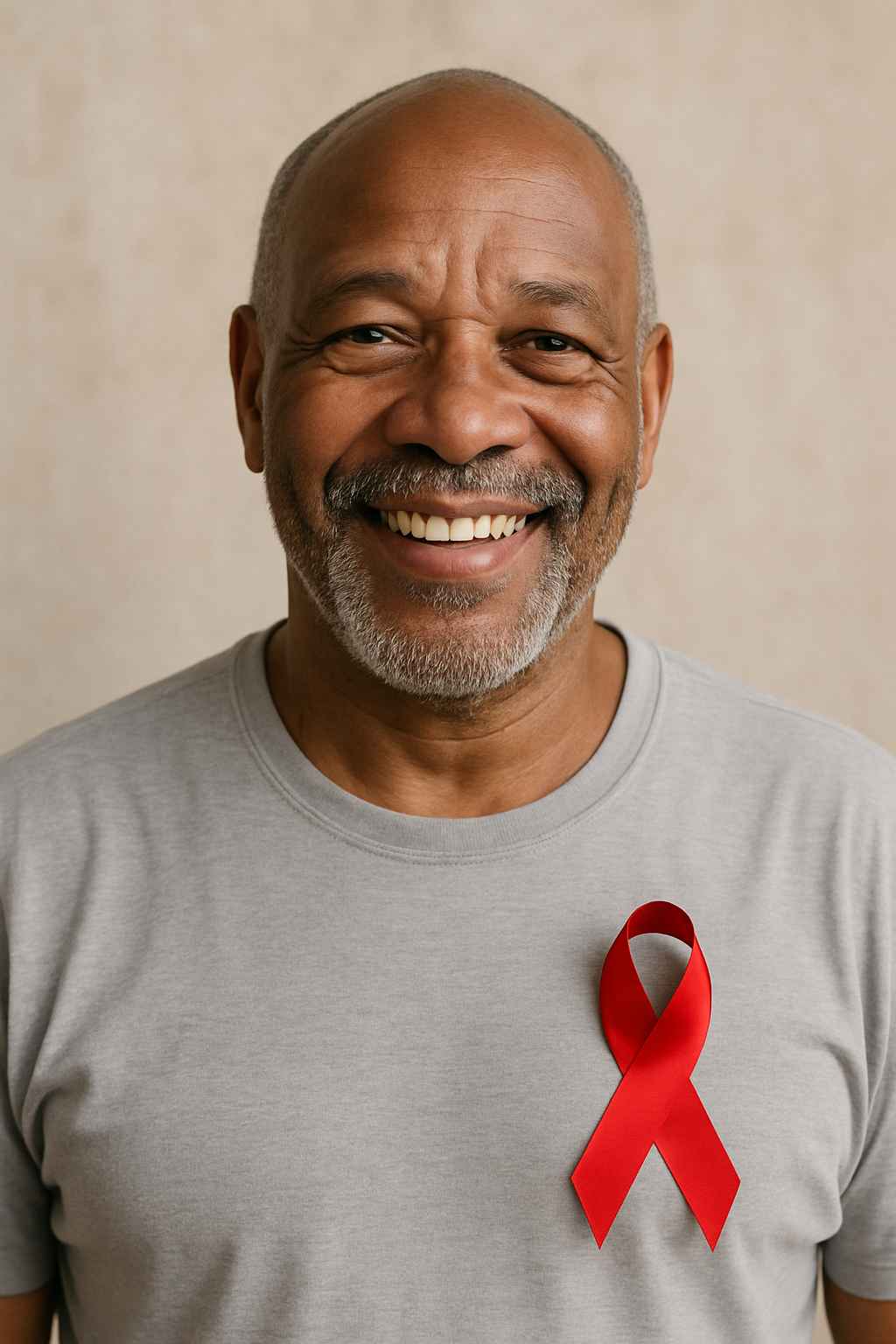
Receiving an HIV diagnosis used to feel like the end of the road. Today, it’s more like a detour—manageable, navigable, and full of possibility. Thanks to decades of research and medical advances, living well with HIV in 2025 is not just possible—it’s expected.
If you’re newly diagnosed or supporting someone who is, you might wonder: Can I still have a full life? Will people treat me differently? Will I be healthy enough to travel, work, or raise a family? These are common concerns, but with the right care, treatment, and mindset, the answer to all of them is yes.
This article offers the latest guidance on how to live well with HIV, focusing on treatment, relationships, mental health, and long-term wellness. Whether you’ve been living with the virus for years or just starting your journey, this is what you need to know in 2025.
Table of Contents
- The Power of Early and Ongoing Treatment
- Relationships, Disclosure, and U=U
- Managing Your Health Beyond HIV
- Emotional Wellness and Community Support
- Conclusion and FAQs
The Power of Early and Ongoing Treatment
The first and most critical step toward living well with HIV is getting into treatment. Antiretroviral therapy (ART) remains the gold standard and has never been more effective. In 2025, one-pill regimens like Biktarvy, Dovato, and Descovy help millions keep the virus under control. Long-acting injectables like Cabenuva offer the convenience of monthly or bi-monthly dosing.
Starting ART as soon as possible after diagnosis helps protect the immune system. It also lowers your viral load to undetectable levels, which not only protects your health but prevents transmission to others. This is the basis of U=U—undetectable equals untransmittable.
When taken consistently, ART allows people with HIV to reach and maintain undetectable status. This means the virus cannot be detected in standard lab tests and cannot be passed to sexual partners. The science is solid. In study after study, no transmission occurred between partners when one person was undetectable.
Beyond the medical benefits, treatment also provides peace of mind. Regular checkups and lab work help you track progress and manage other health risks. While HIV remains a lifelong condition, many patients report that it feels like a minor part of their routine—especially when supported by a strong care team.
If you’re searching for inclusive, affirming providers, visit Healthcare.pro, where you can find specialists who understand HIV care and chronic condition management.
Relationships, Disclosure, and U=U
Relationships are a huge part of living well with HIV, and U=U has transformed how people date, connect, and communicate. Knowing you can’t transmit the virus when undetectable has eased fears, reduced stigma, and created safer spaces for intimacy.
Still, disclosure can be one of the most stressful aspects of an HIV diagnosis. Every situation is different. Whether you’re disclosing to a new partner, family member, or employer, it helps to be prepared and informed. Writing down what you want to say or practicing with a support group can build confidence.
Importantly, you are not legally required to disclose your HIV status in every circumstance. Laws vary by state and country, so it’s wise to learn your rights. For those in relationships where one partner is HIV-negative, preventive measures like PrEP (pre-exposure prophylaxis) add another layer of protection and peace of mind.
Parenthood is also part of the conversation. In 2025, people with HIV can safely have children without transmitting the virus to their partner or baby. This is a result of effective ART, viral suppression, and informed care planning. Many clinics now offer fertility and reproductive health support tailored to serodifferent couples.
You can read more about safe disclosure, sex, and parenting in our education center at AIDS.org.
Managing Your Health Beyond HIV
While HIV may be the primary diagnosis, it’s just one aspect of overall health. In fact, living well with HIV means staying proactive about other conditions, especially as you age.
Thanks to ART, people with HIV are living longer—but that also means managing common age-related health issues like high blood pressure, diabetes, and cardiovascular disease. The good news? Regular medical visits for HIV monitoring provide an opportunity to address these risks early.
It’s also crucial to stay up-to-date on vaccines, screenings, and preventive care. That includes hepatitis B and C testing, cervical and anal cancer screenings, and monitoring for kidney and liver function.
Diet and exercise remain pillars of health. While no specific HIV diet exists, balanced nutrition and regular movement support immunity and reduce medication side effects. Additionally, avoiding tobacco and limiting alcohol can help protect the liver and reduce cancer risk.
Make sure to communicate openly with your healthcare provider about any new symptoms, lifestyle changes, or supplements you’re considering. HIV medications can interact with other prescriptions or herbs, so it’s best to check first.
Emotional Wellness and Community Support
Living well with HIV isn’t just about labs and prescriptions. Emotional wellness matters just as much. A diagnosis can bring waves of fear, shame, or isolation—especially in the early stages. Even people living with HIV for years may encounter moments of depression or burnout.
That’s why mental health support is a critical part of long-term care. Counseling, peer groups, and online communities all offer safe places to process feelings, ask questions, and feel understood. Speaking to a therapist who is familiar with HIV issues can help you work through anxiety, trauma, or disclosure-related stress.
Today, more employers, schools, and insurers are required to provide accommodations for people with chronic illnesses. If you’re facing discrimination or unsure of your rights, advocacy groups and legal clinics can help.
Digital platforms have also become valuable sources of connection. From TikTok accounts to YouTube channels, people with HIV are telling their stories, celebrating milestones, and lifting each other up. These networks foster pride, resilience, and a sense of shared experience.
If you’re looking for peer support or wellness resources, browse AIDS.org for education, inspiration, and community-building tools.
Conclusion
So what does living well with HIV in 2025 look like? It means starting treatment early, staying undetectable, and building a life that feels full and free. With the right support, you can date, love, work, travel, raise children, and grow older—on your own terms.
While the virus may still carry social weight, science tells us a different story: that people with HIV are capable of thriving physically, emotionally, and socially. The tools exist. The care exists. And so does the community to help you every step of the way.
FAQs
Can I live a normal life with HIV in 2025?
Yes. With effective treatment and regular care, people with HIV can live long, healthy, and fulfilling lives.
What does undetectable mean, and why is it important?
Undetectable means the virus is so low in your body it can’t be measured by standard tests. It also means you cannot transmit HIV sexually (U=U).
Can I date or have a partner if I’m HIV positive?
Absolutely. With U=U and/or PrEP for partners, you can have safe, loving relationships.
Is it safe to have children if I have HIV?
Yes. With medical support and treatment, people with HIV can safely conceive and deliver babies who are HIV-negative.
Where can I find more support and education on living with HIV?
Visit AIDS.org for articles, support resources, and stories from the community.
This content is not medical advice. For any health issues, always consult a healthcare professional. In an emergency, call 911 or your local emergency services.



